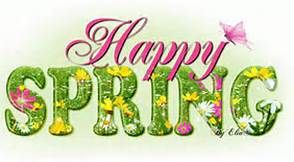![]()

Spring is here! The vernal equinox officially occurred this morning at 9:33 MT, but instead of having 12 hours of daylight and 12 hours of darkness we have 12 hours and 9 minutes of sunlight today.
There are a couple reasons for that. One is that sunrise is officially the moment the top of the sun is seen over the horizon with sunset the moment the last of the sun drops below the horizon.
The sun is a half-degree in diameter, so the definitions of sunrise and sunset create a few extra minutes of daylight, although not “full-sun” daylight.
On top of that, the atmosphere refracts or bends sunlight and the sun is actually still below the horizon when it’s first seen at sunrise.
On June 21, the summer solstice, we will have 14 hours and 15 minutes of sunlight for the the longest day of the year.
The vernal equinox also plays an important role in deciding when Easter occurs. By church tradition, Easter is the first Sunday after the first full moon after the equinox.
That means it can fall between March 22 and April 25. With the equinox today, the next full moon is Saturday, April 16, with Easter the next day on April 17.
The timing of Easter is related to the vernal equinox. By ecclesiastical tradition, Easter falls on the first Sunday after the first full moon that follows the vernal equinox, which can vary from March 22 to April 25.
We had a full moon on Friday, and the next full moon will be on April 16 (a Saturday), so Easter this year is on April 17.
